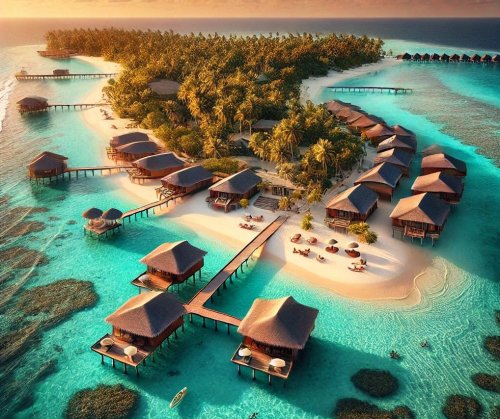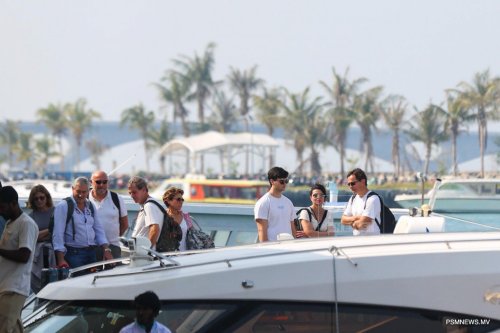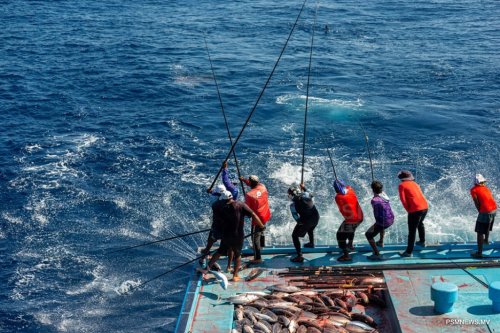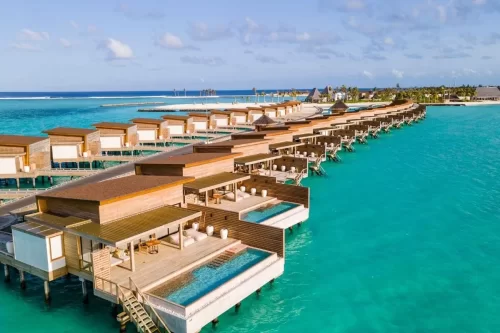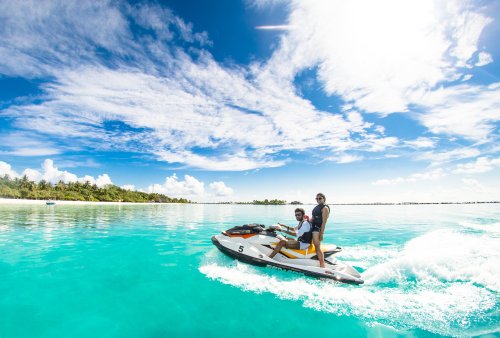During WWII, the Maldives was under British protectorate and served as an essential base for British operations in the region. The Maldives provided a crucial link between British India and the British-held island of Ceylon, serving as a vital refueling station for ships and aircraft.
The strategic location of the Maldives made it a prime target for the Japanese during the war. In 1942, the Japanese launched a surprise air raid on the British base in Gan, destroying much of the infrastructure and killing several British soldiers. The attack marked the first time that the Maldives had been directly involved in the war and served as a stark reminder of the conflict's global impact.
In response to the Japanese threat, the British quickly reinforced their presence in the Maldives, building up the military base on Gan and expanding their operations across the archipelago. British and Maldivian soldiers worked together to defend the islands and keep the supply lines open between British India and Ceylon.
Today, there are several WWII memorial sites in the Maldives that pay tribute to the British soldiers who served and died during the war. These memorials serve as a reminder of the sacrifices made by the soldiers who fought in this far-flung corner of the world. Visitors can explore the remains of British WWII sites on some of the Maldives' inhabited islands.
Gan Island, Addu Atoll
Gan Island was also a key British naval base during the war, and the island was used to launch attacks on Japanese forces in the Indian Ocean. Visitors can see the remains of the runway used by British planes during the war, as well as an underground bunker used as a hospital.
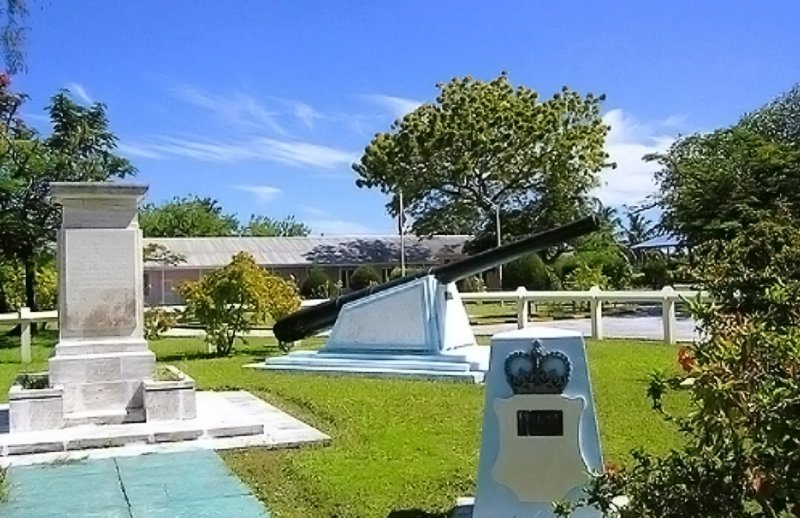
British War Memorial was constructed on Gan Island, this place was established to pay homage to the British soldiers who died while serving in the Royal Air Force from 1941 to 1971. This iconic place also has cannons from World War 2 that are placed facing the Memorial to safeguard it.
Hithadhoo Island, Addu Atoll
Hithadhoo Island was a crucial British naval base during World War II, and visitors can still see remnants of the base, including the British Loyalty Shipwreck. The British Loyalty was a supply ship for the British Indian Ocean Fleet and was torpedoed by a Japanese submarine in 1942. The shipwreck now serves as an artificial reef, attracting a variety of marine life and making it a popular spot for divers.
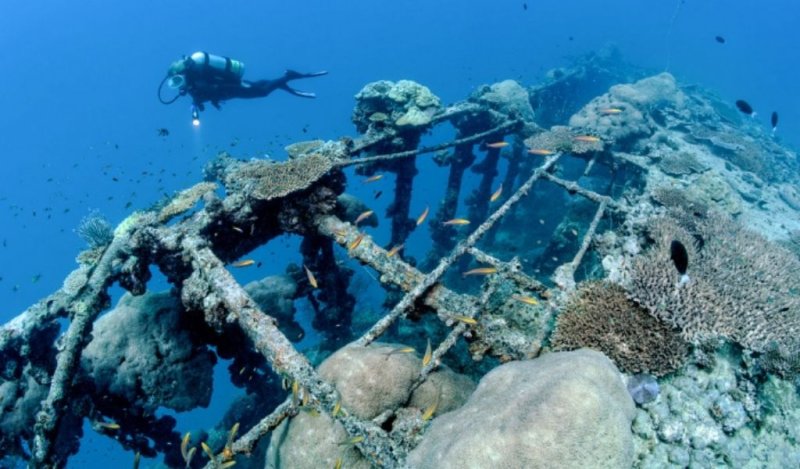
Hulhule Island, Male Atoll
Hulhule Island, located near the capital city of Male, was used as a seaplane base during World War II. The island is now home to Velana International Airport, but visitors can still see the remnants of the old seaplane base, including a concrete slipway and hangars.
Thinadhoo Island, Vaavu Atoll
Thinadhoo Island was home to a British radio station during the war, and visitors can see the remains of the station, including a concrete structure that housed the transmitter. The island is also known for its beautiful beaches and is a popular spot for snorkeling and diving.
Fuvahmulah Island, Gnaviyani Atoll
Fuvahmulah Island was the site of a British listening post during the war, and visitors can see the remains of the post, including a concrete structure that housed the listening equipment. The island is also known for its unique geography, including a freshwater lake and a natural harbor.
The Maldives may not be the first place that comes to mind when thinking of World War II sites, but the islands played a significant role in the conflict. Today, visitors can explore the remains of British WWII sites on some of the Maldives' inhabited islands, providing a unique and fascinating glimpse into the history of the region.

